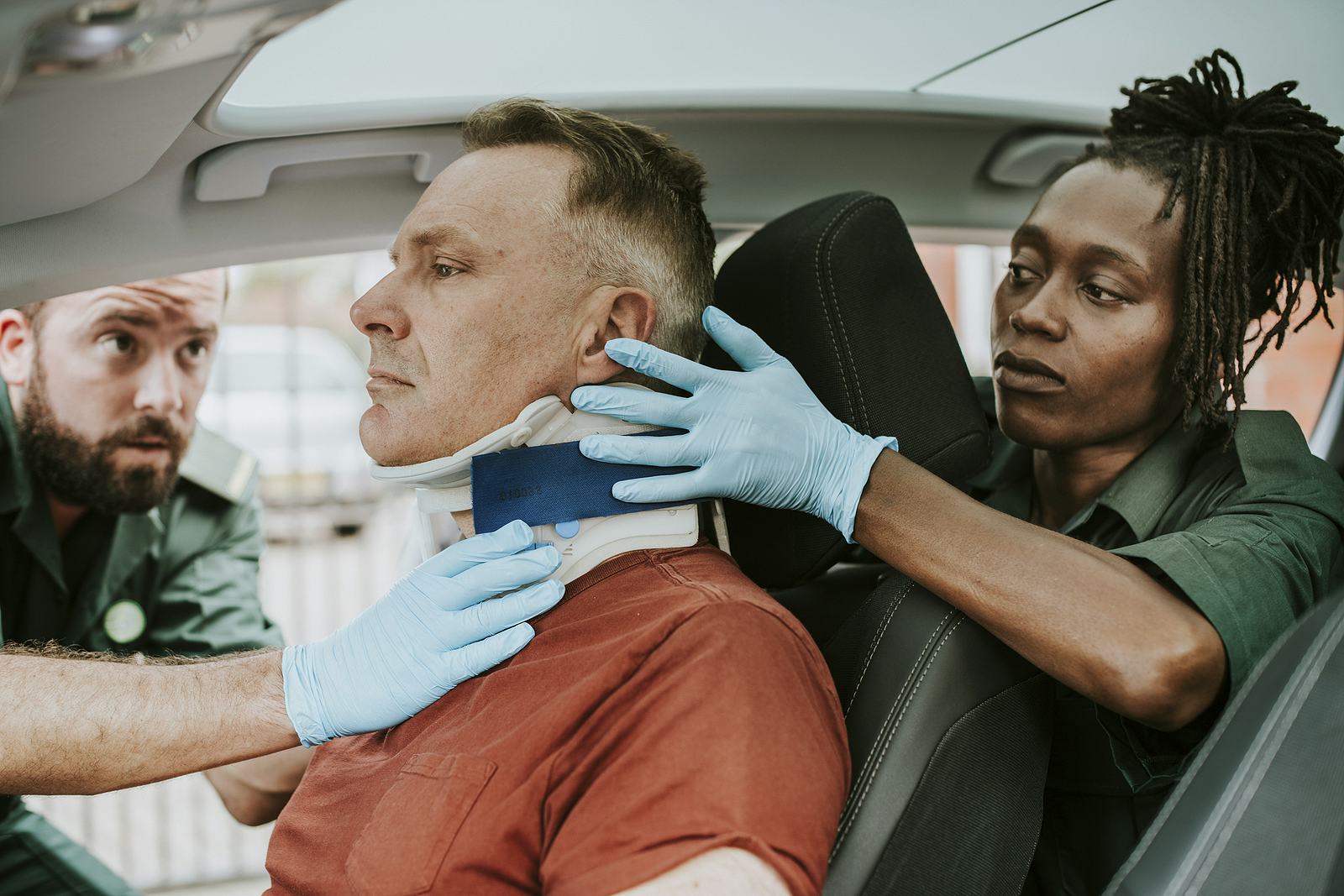Motor vehicle accidents (MVAs) can result in a wide range of injuries, from minor to severe. Physiotherapy plays a crucial role in the rehabilitation of individuals who have been involved in motor vehicle accidents. Here’s a general overview of how physiotherapy can be helpful in this context:
Goals of Physiotherapy Post-MVA:
Pain Management: Physiotherapists work to reduce pain levels through various modalities such as manual therapy, electrotherapy, and specific exercises.
Restoring Mobility and Function: After an accident, individuals may have reduced range of motion, stiffness, or difficulty with everyday activities. Physiotherapy aims to restore normal function through stretching, strengthening, and movement exercises.
Preventing Secondary Complications: Prolonged immobility after an accident can lead to secondary complications like muscle weakness, joint stiffness, and reduced cardiovascular fitness. Physiotherapy helps prevent these issues.
Improving Strength and Endurance: Building strength and endurance is crucial for returning to normal activities. Physiotherapists design programs to gradually increase strength and stamina.
Promoting Healing and Recovery: Physiotherapy techniques like manual therapy and therapeutic exercises can aid in tissue healing and reduce the risk of long-term complications.

Common Physiotherapy Interventions:
Manual Therapy: Hands-on techniques such as massage, joint mobilization, and manipulation can help reduce pain and improve joint mobility.
Exercise Programs: Tailored exercise programs are designed to address specific needs. This might include stretching, strengthening, balance, and coordination exercises.
Modalities: Therapeutic modalities like ultrasound, electrical stimulation, heat, or ice may be used to manage pain, reduce inflammation, and promote healing.
Education and Ergonomics: Physiotherapists educate patients on proper body mechanics and ergonomics to prevent future injuries and promote optimal posture.
Functional Rehabilitation: Activities to simulate real-life movements are incorporated to improve function in daily tasks and work-related activities.
Treatment Phases:
Acute Phase: Focus on pain management, gentle movement, and preventing further injury.
Subacute Phase: Introduce more active exercises to restore mobility and strength.
Chronic Phase: Continued strengthening, endurance training, and functional activities to return to pre-accident levels.
Conditions Treated:
Whiplash: Neck pain and stiffness from sudden movement.
Soft Tissue Injuries: Strains, sprains, and contusions.
Fractures: Once cleared by a physician, physiotherapy aids in rehabilitation.
Spinal Cord Injuries: Rehabilitation to improve function and mobility.
Concussions: Balance training, visual exercises, and gradual return to activities.
Importance of Early Intervention:
Prevents Chronic Pain: Early treatment can prevent acute pain from becoming chronic.
Faster Recovery: Active rehabilitation leads to quicker return to normal activities.
Avoiding Complications: Prevents secondary issues like muscle weakness and joint stiffness.
If you have been in a motor vehicle accident, it’s essential to seek medical attention promptly. Physiotherapy can be a crucial part of the recovery process, helping individuals regain function, reduce pain, and improve overall quality of life after an accident.

